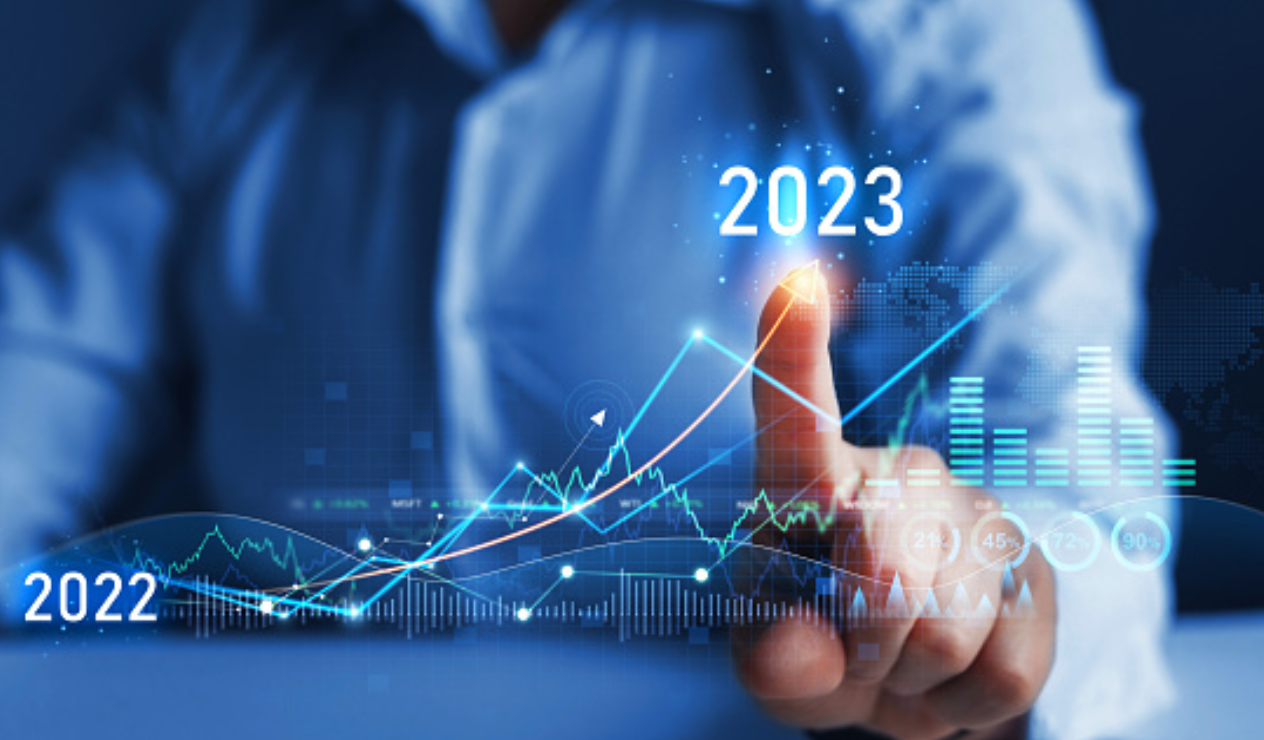
Data analytics has become an important tool for businesses because it helps them understand customer behaviour, market trends, and how to run their business more efficiently. The scope of data analytics is anticipated to grow even more as data becomes more widespread, reshaping industries and businesses in the process. In this blog, we'll talk about some of the most important data analytics trends that will shape the field's future and show the scope of data analytics in the years to come.
AI (artificial intelligence) and ML (machine learning) are changing how data analytics is done. AI and ML can deal with huge amounts of data, find patterns, and make predictions that are very close to the truth. These technologies are used in many fields, from finance to healthcare, to make better decisions, streamline operations, and improve customer experiences. As more organisations use these technologies to analyse their data, the scope of data analytics will grow even more.
Using the cloud
Cloud computing has changed how data is stored and worked on. With the cloud, businesses can store and access huge amounts of data anywhere. This makes it easier to manage and analyse data. Cloud computing also lets businesses scale up their data analytics, processing and analysing more data in less time. As cloud computing becomes more popular, the scope of data analytics will continue to grow.
Analytics in real time
The field of data analytics is also being changed by a trend called "real-time analytics." Real-time analytics lets businesses look at data as it is being made, giving them valuable information they can use to make decisions immediately. This technology is especially helpful in fields like finance, where real-time data can be used to spot fraud and make better investment decisions. As more businesses use real-time analytics technologies, the scope of data analytics will grow even more.
The processing of natural language
Natural Language Processing (NLP) is a branch of AI that tries to make machines understand how people talk. NLP is used in data analytics to look at unstructured data like posts on social media, emails, and customer feedback. By looking at this data, businesses can learn a lot about how customers feel, what they like, and how they act. As more firms employ NLP to evaluate unstructured data, the breadth of data analytics will continue to grow.
Data Visualisation
Data visualisation is a powerful way to show how data can be used to understand and predict things. By using charts, graphs, and other ways to show data, businesses can make it easier for more people to access and understand the information. Visualising data also helps businesses find patterns and trends that might need to be more obvious from the raw data. The scope of data analytics will grow even more as the importance of data visualisation grows.
As a result of trends like AI and ML, cloud computing, real-time analytics, natural language processing (NLP), and data visualisation, the scope of data analytics is anticipated to grow significantly in the coming years. As these trends continue to change the field of data analytics, businesses that use these technologies will have a big advantage over their competitors. Data analytics has a bright future, and businesses that put money into it now will be in a good position to do well.
 4/8/2023, 21:18:14 by Tech Tip 24
4/8/2023, 21:18:14 by Tech Tip 24